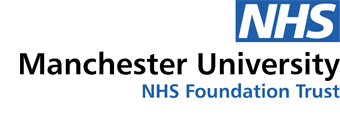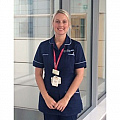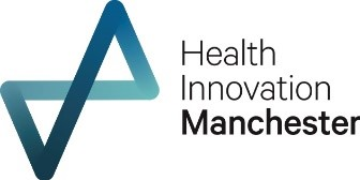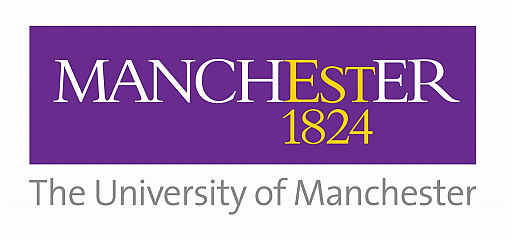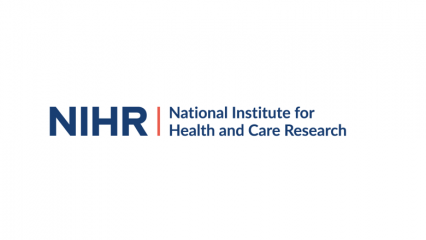A midwife’s experience of improvement science
This blog was written for the Manchester Academic Health Science Centre website, which shares stories about the people, science and research of the MAHSC.
Rainbow Clinic midwife, Louise Stephens, blogs about her experience on Haelo-run improvement science course, IS4L
In January 2016, St Mary’s Rainbow Clinic secured a successful grant from MAHSC to assist with setting up Rainbow Clinic on a second site at Wythenshawe hospital (UHSM).
Around this time, both teams consisting of consultant obstetricians and specialist midwives were given the opportunity to apply for an Improvement Science for Leaders Course (IS4L) ran by Haelo, also funded by MAHSC.
The application was successful and five of us were to embark in to the unknown world of Improvement Science. I’ll be honest, the word science in the title scared me! I’m not a Dr, I’m not a scientist, I’m a Midwife.
I knew I had to commit to six study days over a 12 month period and the five of us would work together to make our project successful. I was quite ignorant at this time as to what else would be involved.
Getting started
As we headed to the Northern Quarter in Manchester for our first study day in May 2016 I was apprehensive as really didn’t know what to expect.
I was overwhelmed by how many teams had travelled from around the country, I naively thought the course was open to North West delegates only.
We introduced ourselves and it quickly became apparent that we were the only team from Maternity. Hearing from the other teams from various fields was interesting, different specialities and a wealth of experience from various backgrounds. I became quickly reassured that the course was not only for academics, doctors and scientists. There were members of the whole multidisciplinary team all enthusiastic and keen to make health care improvements. I quickly learnt that everybody is an improver regardless of qualifications and academic status.
Organising the team
Our first challenge was what we would call our team, we needed a team name. We agreed we’d be called the Improving Care in a Pregnancy after Stillbirth (IMPS). After all, this in a nut shell is what Rainbow Clinic aims to do.
We also needed an initial aim for our project that we did change slightly along the way. Over the first few days we sat down as a team, brain stormed and quickly tried to assess the qualities of each team member to decide which role each of us would take. I knew excel and creating fancy graphs and charts would be a challenge for me.
At the end of day two, the lead consultant, the bereavement midwife and I sat down in a trendy cafe bar in the Northern Quarter reflected on our last two days and made future plans and a list of jobs for us all to do prior to the next meet. Little did we know, these informal meets in a setting away from the work place would be really productive and became tradition on the last day of all of our block study sessions.
We went back to our day jobs, reading and revising what we’d learnt. Driver Diagrams and PDSA cycles had entered our world.
I took on the role as the organiser, trying to keep the team together despite our clinical and daily duties. Organising teleconferences wasn’t easy and required flexibility and commitment. They often meant the odd call on a day off or sat in a traffic jam (hands free of course). I soon realised that a weekly teleconference was perhaps unrealistic and these had to be reduced.
We set about our list of tasks, initial priority for both sites was an executive sponsor and honorary contracts to enable cross site working.
Team work
I presented our first report to our department, including our executive sponsor. I felt it was important that everybody was aware of the project, the aim and after all good communication is key.
We engaged in a monthly Webex and Dr Alex Heazell the lead consultant submitted a Monthly progress report to Haelo (Thank you)! The Haelo team were fantastic, provided us with feedback and guided us along the way.
We utilised other people’s skill set in order to achieve our aims, we met with central intelligence. They would provide us with clinic monthly data, this prevented the time consuming exercise of me manually counting every clinic attendance and DNA. We learnt that the clinic codes needed clarifying as data had potential to be inconsistent.
We got in touch with other people in the organisations such as Heather Birds, the Patient experience lead, as we had decided that one our main measures would be to focus on improving patient experience. Throughout the project the involvement and guidance from others outside the IMPS team was invaluable.
We set about what we wanted to achieve, we designed and piloted a patient experience questionnaire. We attended a SANDS Bereavement group to speak to families and obtain their feedback, we piloted the questionnaire on a few women attending clinic. It then quickly became normal practice to give the questionnaire to our families on their last clinic visit.
We had our first site visit where the Haelo faculty visited our department, including Maxine Power Haelo CEO, who has a wealth of experience and health improvement knowledge. Having the team who were not emotionally connected to our project was helpful. Maxine advised us to change the patient experience questionnaire slightly, to ask ‘why’ that was the patient’s response and to start collecting qualitative data too.
We continued carrying out our tests of change in order to achieve our aim, I quickly realised that testing a change that didn’t work didn’t mean we were failing. We kept going, making small changes and we would test again.
Rainbow communications
Our team, with the help of MAHSC designed and launched our project and website. As a result of the social media session at Haelo we decided it was time for Rainbow Clinic to enter the world of Twitter. Little did we know how much this would really benefit and publicise Rainbow Clinic a few weeks later. In March we hosted a National study day, UK hospitals with an interest in Rainbow Clinic attended and with the help of social media we managed to reach over 3000 people during our advertising campaign.
One of the sessions at Haelo set us the task of making a video about our project in just an hour. Initially we were overwhelmed as this was completely out of our comfort zone. We tried to keep the video short but effective. As a result of this session we have later used the video for teaching and to publicise the clinic on YouTube.
Rainbow Clinic video ‘Just Imagine’ is used for teaching at the National Rainbow Clinic study day
Graduation
In May we graduated from the Improvement Science for Leaders Course (IS4L), which was a brilliant day, we presented our work to the faculty, to our executive sponsor and fellow teams. It was a proud day in which we could see how much all teams had developed, progressed and achieved in order to make improvements in health care in various specialities and settings.
Next steps
My next steps are to present the findings of the project at the International Stillbirth Alliance conference and publish our work in a health improvement journal. Watch this space!
In the meantime, thanks to MAHSC. I’m attending the Haelo scale up and spread one day course in order to provide me with some knowledge and insight in to the roll out of a service.
Despite the IS4L course coming to an end, this is just the beginning.’
*Specialist antenatal service, Rainbow Clinic, operates at St Mary’s Hospital (CMFT) and Wythenshawe Hospital (UHSM).
